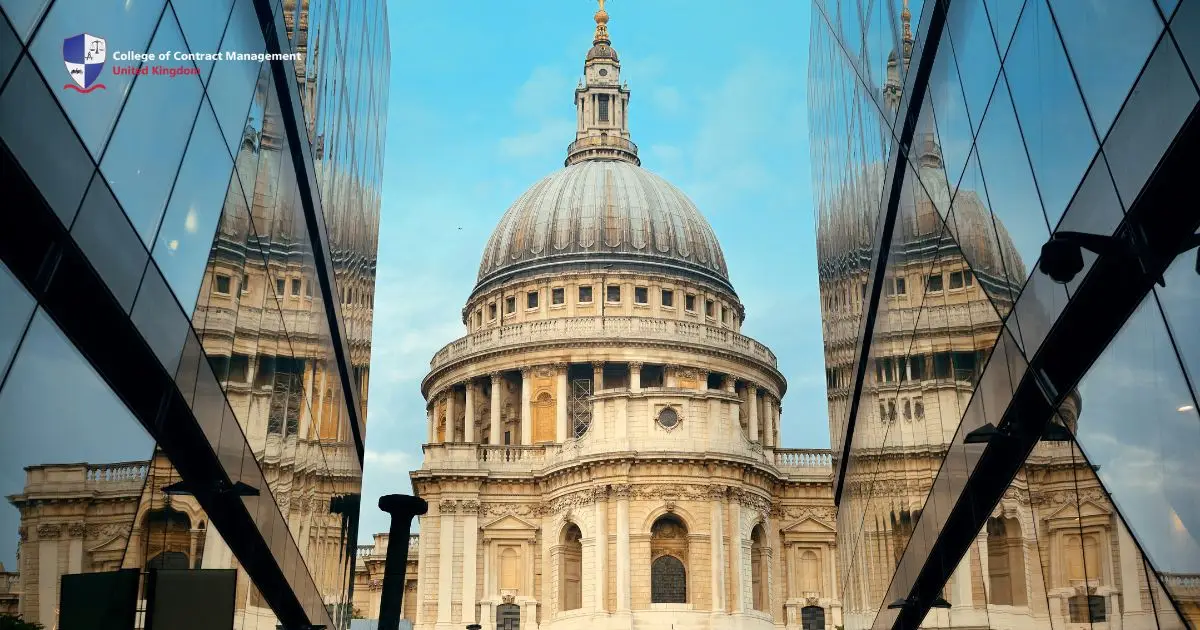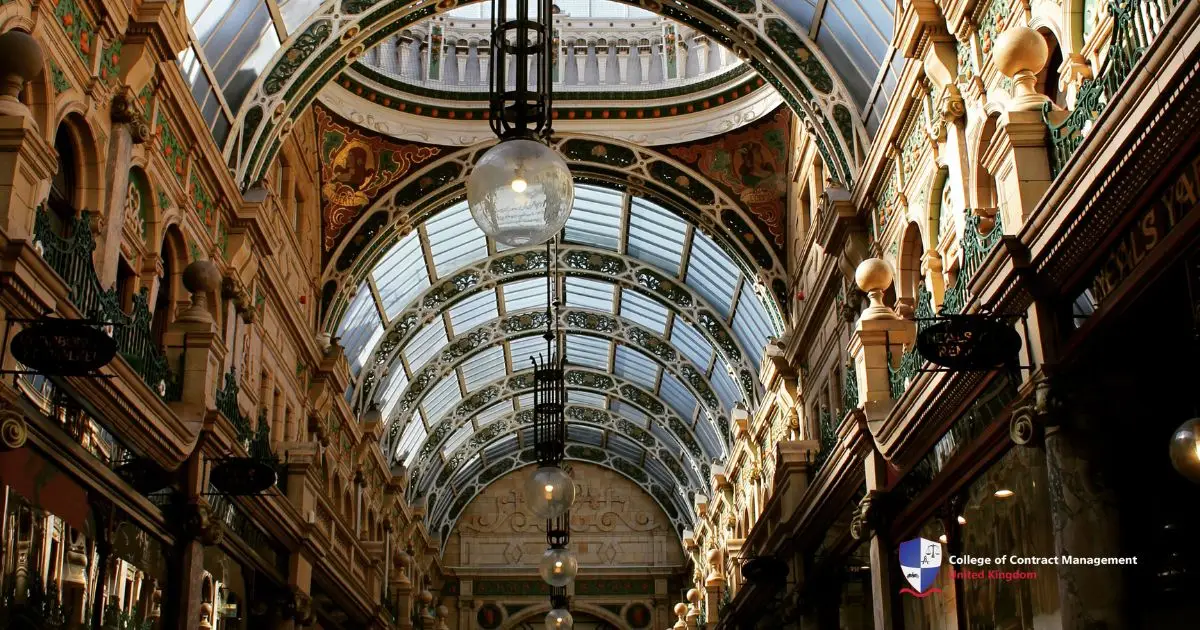Famous Buildings in UK After World War II
World War II deeply impacted the UK, reshaping its architecture and leaving a lasting result of both destruction and resilience. The Blitz bombings destroyed many Famous buildings, changing the landscape and altering the nation's shared memory. The war deeply impacted Britain’s architecture, driving reconstruction while preserving its rich building history and rebuilding damaged cities. This article explores famous buildings destroyed in the war, their significance, and how their ruins symbolise both loss and resilience.
The Blitz: Buildings Targeted by Bombs
Between 1940 and 1941, London endured 76 consecutive nights of bombing during the Blitz. This relentless assault not only destroyed many famous buildings but also changed the architecture of the UK. The war damaged or destroyed millions of infrastructures across the country. Many iconic structures were reduced to rubble. These famous buildings represented the cultural and historical fabric of the UK, making their destruction a symbolic blow.
One of the most famous buildings hit during the Blitz was the House of the Parliament, with the Chamber of the House of Commons taking the brunt of the damage. The architectural significance of this Famous building lay in its Modern Gothic design, symbolising the strength and continuity of British democracy. As bombs fell, they rewrote the UK’s building history, turning famous buildings into symbols of wartime destruction and resilience.
-
St. Paul’s Cathedral: A Surviving Symbol of Resistance
St. Paul’s Cathedral survived the Blitz, despite being a major target. This iconic building symbolised hope and resistance during WWII. Its survival showcased British architectural strength. Remarkably, the St. Paul’s Watch Volunteers protected the church from Blitz damage. Led by Walter Allen Godfrey, they appealed to the Royal Institute of British Architects. Their call focused on construction risk management. The volunteers worked hard to safeguard the cathedral from raids and bombings. The dome remained intact, while nearby buildings were destroyed. Designed by Sir Christopher Wren, St. Paul’s stood as a beacon of hope. Its survival is still studied in wartime architecture and resilience. -
Coventry Cathedral: A Monument to Destruction and Rebirth
The destruction of Coventry Cathedral is perhaps one of the most moving infrastructure losses from WWII. This famous building, known for its medieval architecture, was almost destroyed in 1940. Only the outer walls and spire remained, with the ruins serving as a stark reminder of the devastating bombings. The original cathedral was a Gothic masterpiece, but its destruction led to the creation of Coventry Cathedral in 1962. Designed by Basil Spence, the new structure blended modern design with the old ruins, symbolising healing and hope.
Coventry Cathedral’s reconstruction became a symbol of post-war regeneration. It symbolises the UK’s ability to rebuild while preserving its building history. Famous buildings like Coventry Cathedral remind us of how architecture connects the past to the present, even in the face of war
The Impact on Industrial and Civic Architecture
Bombers heavily targeted industrial buildings, in addition to religious and governmental structures. The destruction of London’s docks disrupted vital supply lines, but also decimated industrial architecture that had grown throughout the 19th century. These famous buildings, central to Britain’s trade and economy, were largely demolished. Though often overlooked in architectural discussions, these structures were icons of industrial progress and played a key role in shaping the architecture of the UK.
Famous civic buildings like The Guildhall in London, also faced significant damage. The Blitz partially destroyed the Guildhall, known for its stunning medieval architecture. However, like many famous historical buildings, restorers repaired it after the war. The Guildhall, a key site of civic administration, represented not just a famous piece of architecture, but also the heart of London’s civic life.
Post-War Reconstruction: Balancing Modernisation and History
Rebuilding famous buildings after the war posed a challenge for architects and urban planners. The balance between modernisation and preserving historical architecture emerged as a key theme. Construction management ensured the efficient execution of reconstruction efforts. While some famous buildings, like Coventry Cathedral, embraced modern design, others aimed to faithfully restore what had been lost. This duality mirrors a post-war architectural trend, blending old and new to honour the past while embracing the future.
The iconic rebuilding of London’s Buckingham Palace which sustained bomb damage in 1940, is another example of this post-war architectural changes. The building’s restoration, preserving its historic grandeur, reflects the nation’s commitment to maintaining building history amidst modern needs. The rebuilding of famous buildings after the war also gave rise to innovative architectural styles, which would later define the post-war landscape in the UK.
Architectural Losses Across the UK
While London bore the brunt of the bombings, other cities across the UK also saw famous buildings destroyed. Liverpool, for example, experienced heavy bombings during the Blitz, which destroyed several famous buildings, including St. Luke’s Church. The Blitz left St. Luke’s in ruins, earning it the name “bombed-out church” and a symbol of the city’s resilience. The architecture of the church, which remains roofless to this day, stands as a poignant remainder of the toll the war took on the UK’s architectural heritage.
Bristol, another major city hit during the war, saw its medieval St. Peter’s Church destroyed. The ruins of the church, left standing as a memorial, are a testament to both the architectural losses of the war and the resilience of the British people. These famous buildings across the UK, though no longer intact, continue to shape our understanding of the war’s impact on British architecture and history.
Numbers on the destruction of Famous buildings
The sheer scale of destruction in the UK during WWII is staggering. Estimates indicate that over 70,000 civilians were killed, and 2 million houses and buildings were damaged or destroyed. In London alone, attackers dropped 30,000 tons of bombs, targeting industrial areas and famous buildings. This widespread destruction altered the building history of the UK, forcing cities to rebuild while dealing with the loss of iconic structures.
Historic England's report reveals that many churches, including famous buildings with centuries of history, were destroyed or severely damaged. These numbers highlight the immense impact of the war on the UK’s architecture and the challenges faced in rebuilding.
Learning about History through Architecture
The destruction of famous buildings during WWII has taught us invaluable lessons about history, architecture, and resilience. By studying the ruins and reconstruction of these iconic structures, we learn not just about the war, but also about the building history of the UK. These famous buildings represent a bridge between the past and the present, reminding us of the fragility of human creations and the enduring power of rebuilding in the face of adversity.
The architecture of famous buildings like St. Paul’s Cathedral, Coventry Cathedral, and the Guildhall continues to inspire, reflecting the UK’s determination to preserve its history while looking toward the future. Through the storeys of these iconic buildings, we learn about the resilience of both people and structures and how even in times of destruction, there is hope for renewal.
To learn more about reviving historical buildings and infrastructure, check out the College of Contract Management UK’s programmes. They offer valuable insights into construction management and preservation.





